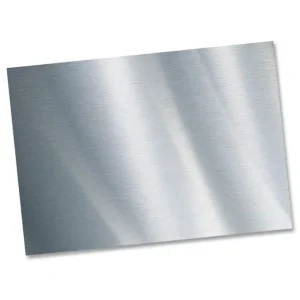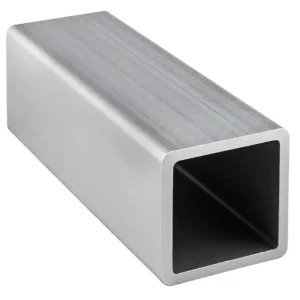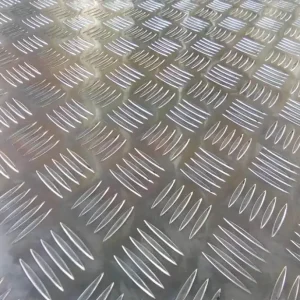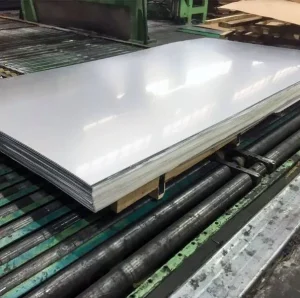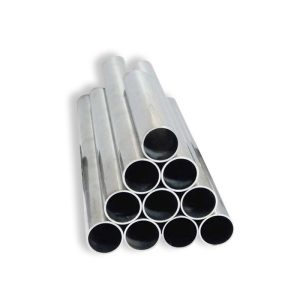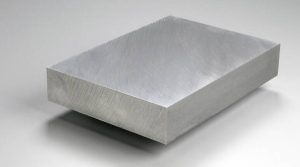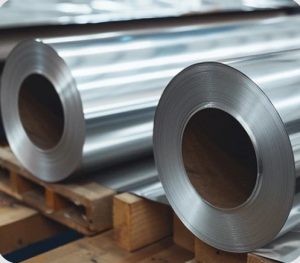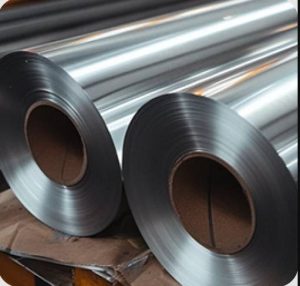5 bar aluminum diamond plate, also known as aluminum tread plate or checker plate, is a type of lightweight metal stock with a regular pattern of raised diamond or lines on one side. The “5 bar” designation refers to the specific pattern of five small, parallel raised bars grouped together, which repeats across the surface. This pattern is designed to enhance slip resistance.
Key Characteristics and Benefits
Aluminum 5 bar diamond plate offers several distinct advantages:
- Lightweight: Aluminum is significantly lighter than steel, making it easier to handle, install, and transport, reducing structural load.
- Corrosion Resistance: Aluminum naturally forms a protective oxide layer, offering excellent resistance to corrosion, making it suitable for various environments, including marine applications.
- Slip Resistance: The raised 5 bar pattern provides excellent grip underfoot, reducing the risk of slips and falls, especially in wet or oily conditions.
- Durability and Strength: Despite being lightweight, aluminum alloys used for diamond plate offer good strength-to-weight ratios and are resistant to wear and tear.
- Aesthetic Appeal: The bright, clean, and patterned surface can be used for decorative purposes in architectural and automotive applications.
- Workability: Aluminum is relatively easy to cut, form, and weld, allowing for versatile fabrication.
Common Alloys and Applications
Several aluminum alloys are commonly used for 5 bar diamond plate, each offering specific properties suitable for different applications:
- Alloy 3003: This is a popular choice due to its good corrosion resistance, moderate strength, and excellent workability. It’s often used for general sheet metal work, including decorative panels and light-duty flooring.
- Alloy 5052: Known for its higher strength, particularly in marine environments, and excellent corrosion resistance, especially to saltwater. This alloy is often selected for more demanding applications.
- Alloy 6061: This is a structural alloy with good strength, toughness, and corrosion resistance. It can be heat-treated and is used where higher strength is required, such as for ramps and heavy-duty flooring.
The choice of alloy depends heavily on the intended use. For specific project requirements, consulting with a knowledgeable supplier is beneficial. Companies such as Shanxi Luokaiwei Steel Company can often provide guidance on selecting the appropriate alloy and temper for various applications.
Typical applications for 5 bar aluminum diamond plate include:
- Industrial flooring, walkways, and stair treads
- Vehicle running boards, truck beds, and trailer flooring
- Toolboxes and protective casings
- Decorative wall panels and wainscoting
- Ramps and loading docks
- Shopfitting and display stands
The versatility of this material means it is specified across numerous industries. Many businesses source their patterned plates from established manufacturers, and entities like Shanxi Luokaiwei Steel Company often cater to these diverse industrial and commercial needs.
Manufacturing and Quality
5 bar aluminum diamond plate is typically produced through a hot rolling process. During manufacturing, a heated aluminum slab is passed between rollers, one of which is engraved with the reverse of the 5 bar pattern. This imprints the raised design onto the aluminum sheet. The quality of the raw material and the precision of the rolling process are crucial for the final product’s consistency and performance. Reputable suppliers, including firms like Shanxi Luokaiwei Steel Company, generally adhere to strict quality control standards to ensure the dimensional accuracy and surface quality of their plates.
When selecting 5 bar aluminum diamond plate, factors such as the alloy type, temper (hardness), thickness, and the specific dimensions of the sheet are important considerations to ensure it meets the demands of the application.



